Common names: Leyland cypress, cypress, leylandii
Scientific name: Cupressus x leylandii
Family: Cupressaceae
Origin: non-native
At the centre of many neighbour wars, Leyland cypress can reach great heights very quickly. It’s one of the fastest growing conifers and often towers over houses and gardens.
Common names: Leyland cypress, cypress, leylandii
Scientific name: Cupressus x leylandii
Family: Cupressaceae
Origin: non-native
Leyland cypress trees can grow to 40m. The foliage is dense and hides much of the trunk. The bark is red-grey with ridges, and twigs are slender, brown and flexible.
Look out for: the smell of resin when the foliage is crushed.
Identified in winter by: male cones, which are yellow at tips of twigs. Female cones are rounded.
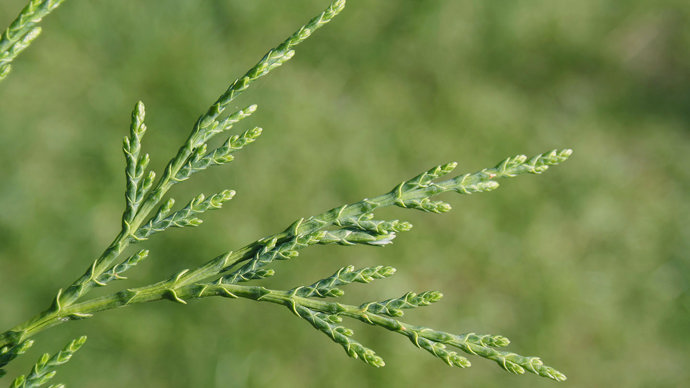
Credit: FLPA / Alamy Stock Photo
Scale-like, soft and overlapping, leaves form in flat sprays on long stalks.
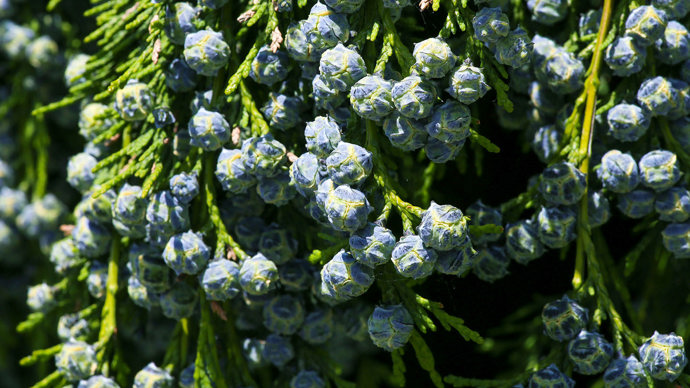
Credit: Marjan Cermelj / Alamy Stock Photo
Ball-shaped cones are small and brown, and each scale has a central spine.
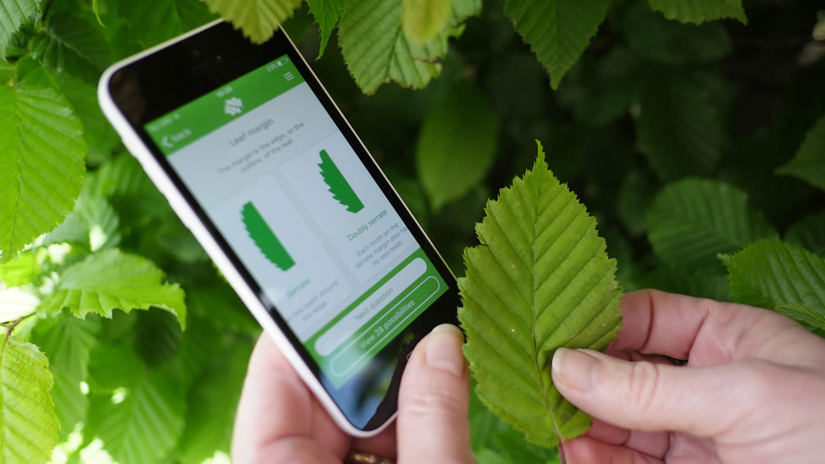
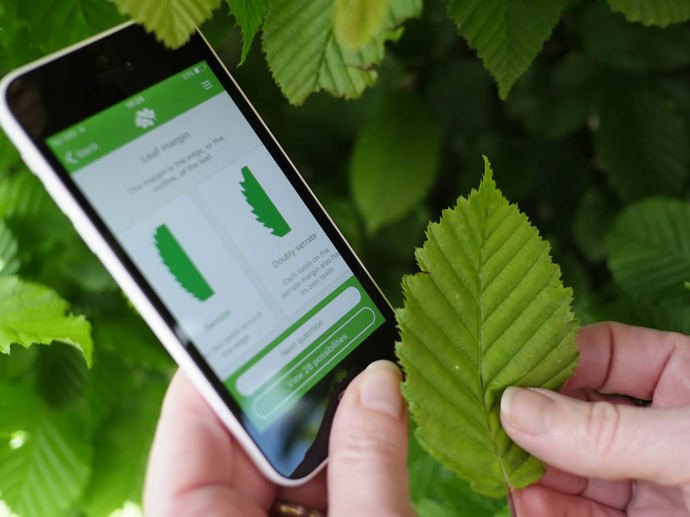
Download our free Tree ID app for Android and iPhone to identify the UK's native and non-native trees. It's an A-Z tree guide in your pocket.
It is thought that it was created by accident in a Welsh garden nursery in the 19th century, when two species of cypress – Monterey and Nootka (both from North America) cross-bred.
As a sterile hybrid accidentally created in Wales from two species of cypress from North America, Leyland cypress is not found in the wild. It is fast-growing and therefore commonly grown in the UK as a hedge in residential areas. It grows well in most soils and prefers full sun.
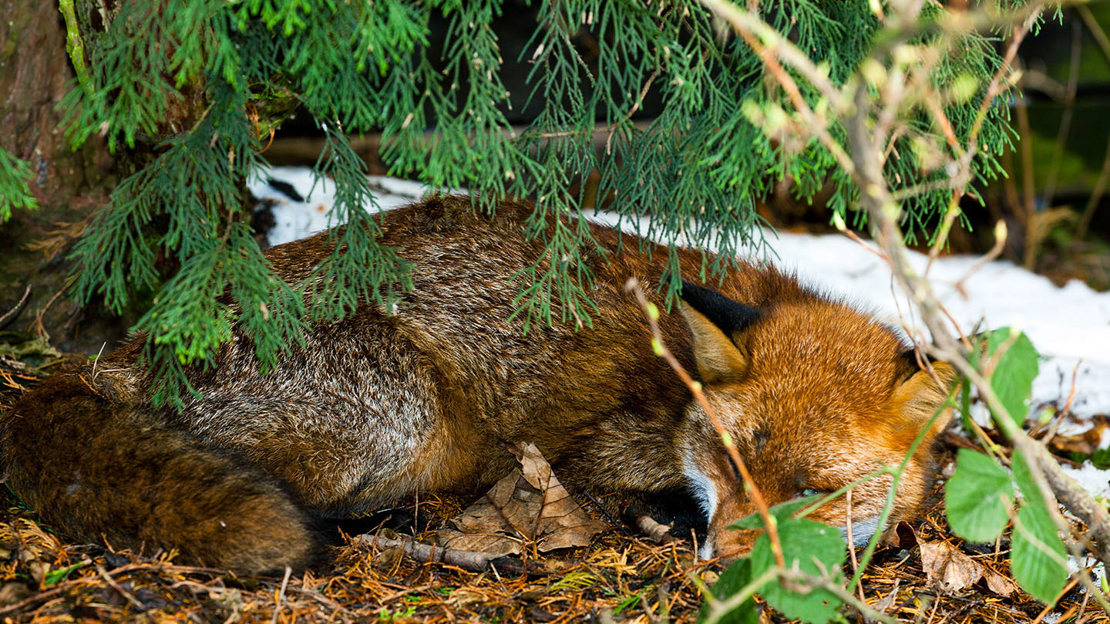
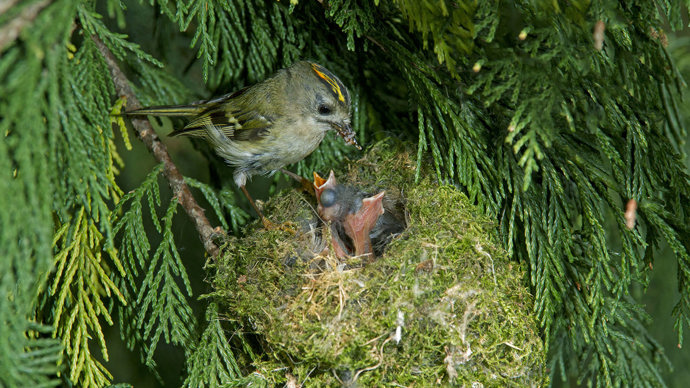
Credit: LPA / Alamy Stock Photo
When grown as a hedge, the dense foliage of Leyland cypress provides shelter for garden birds, which often nest in it.
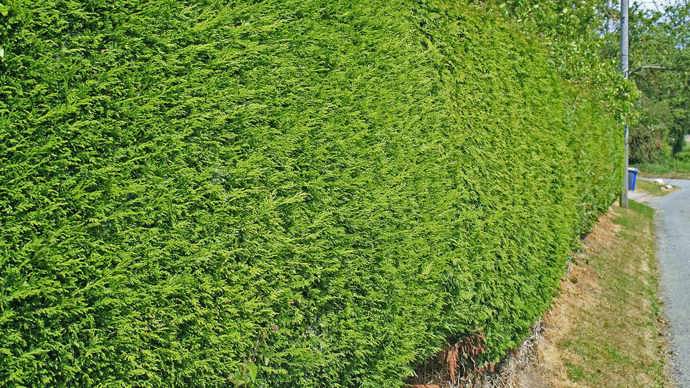
Credit: FLPA / Alamy Stock Photo
Leyland cypress is most commonly used as a garden hedging plant as it grows very quickly and has dense foliage. However, its rate of growth often exceeds expectations and trees can quickly grow to 40m, becoming difficult to control and blocking light from neighbouring gardens.
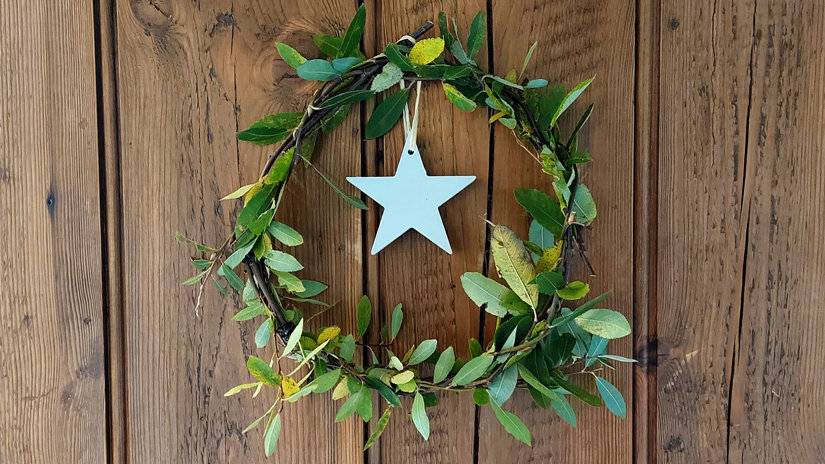
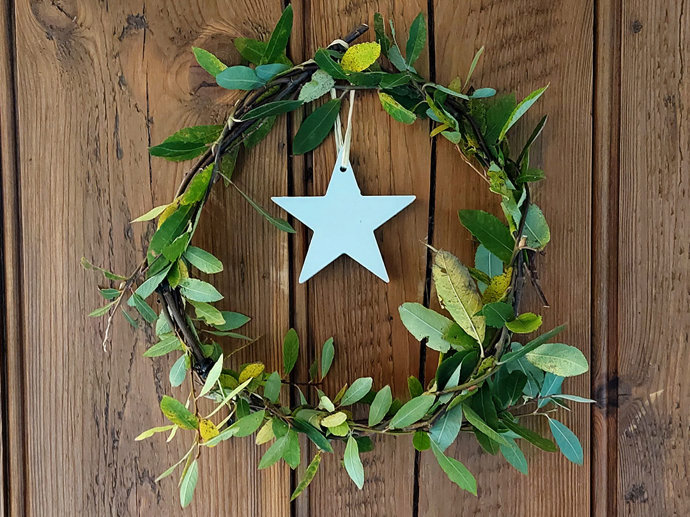
Helen Keating • 05 Dec 2022
Transform your home into a woodland wonderland this Christmas with our easy ideas for festive, foraged home decor.
Brown patches can develop in summer when the trees are in active growth. They may be caused by cypress aphid, scale insects, dieback, canker, or even over-enthusiastic hedge trimming.